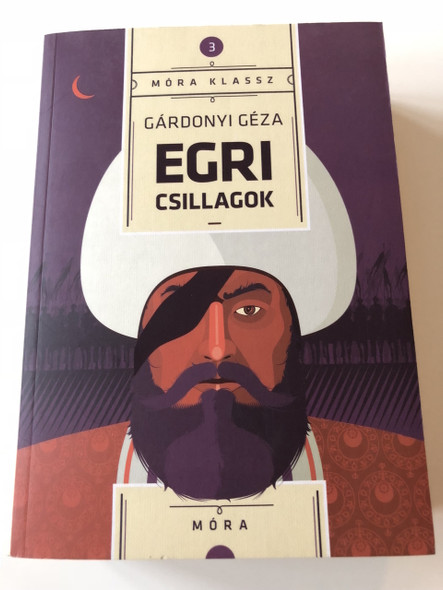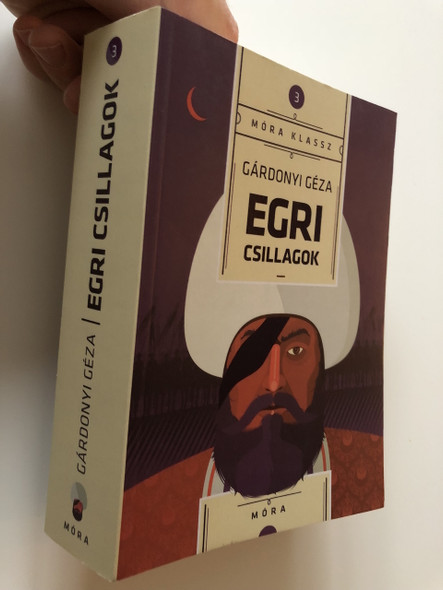Description
Egri Csillagok
Szerző: Gárdonyi Géza
Hungarian Classic – Eclipse of the Crescent Moon
Termékadatok | Product Details
- Cím | Title: Egri Csillagok
- Angol cím | English Title: Eclipse of the Crescent Moon
- Szerző | Author: Gárdonyi Géza
- Nyelv | Language: Magyar / Hungarian
- Kiadó | Publisher: Osiris Kiadó
- Sorozat | Series: Diákkönyvtár
- Kiadás éve | Publication Year: 2005
- Formátum | Format: Paperback
- Oldalszám | Pages: 584
- ISBN-13: 9789633897799
- ISBN-10: 9633897793
- ISSN: 1785-024X
Áttekintés | Overview
Egri Csillagok Gárdonyi Géza legismertebb történelmi regénye, amely a 16. századi magyar-török háborúk egyik legfontosabb eseményét, Eger várának hősies védelmét dolgozza fel. A regény középpontjában Bornemissza Gergely és Cecey Éva története áll, akik a magyar történelem egyik legkritikusabb időszakában találják magukat.
A könyv izgalmas csataleírásokkal, mély érzelmekkel és történelmi hűséggel mutatja be a magyar hősök küzdelmét a török hódítókkal szemben. Az Egri Csillagok nemcsak egy történelmi regény, hanem a magyarság egyik legikonikusabb irodalmi műve, amelyet az iskolai tananyag részeként is széles körben olvasnak.
Eclipse of the Crescent Moon is the most famous historical novel by Géza Gárdonyi, depicting one of the most crucial battles of the 16th-century Hungarian-Ottoman wars—the heroic defense of Eger Castle. The story follows Gergely Bornemissza and Éva Cecey, who find themselves in the midst of a dramatic struggle for freedom against the Ottoman forces.
The novel is rich in detailed battle scenes, deep emotions, and historical accuracy, capturing the bravery and resilience of Hungarian warriors. Eclipse of the Crescent Moon is not just a historical narrative but also a symbol of Hungarian national identity, widely read in schools and cherished as a literary classic.
Jellemzők | Features
✔ Történelmi regény | Historical Novel – A magyar irodalom egyik legnagyobb klasszikusa.
✔ Izgalmas és részletes csataleírások | Exciting and Detailed Battle Descriptions.
✔ Hiteles történelmi háttér | Authentic Historical Context – Eger vára ostromának valós eseményein alapul.
✔ Emlékezetes karakterek | Memorable Characters – Bornemissza Gergely, Dobó István, Cecey Éva és sok más történelmi alak.
✔ Kötelező olvasmány | Required Reading – Az iskolai tananyag szerves része Magyarországon.
✔ Inspiráló hősiesség | Inspiring Heroism – A magyarság bátorságának és összetartásának szimbóluma.
Érdekességek | Interesting Facts
Gárdonyi Géza (1863–1922) a magyar irodalom egyik legnagyobb alakja, akit gyakran „a láthatatlan ember” néven emlegettek szerénysége és visszavonult életmódja miatt.
Egri vár ostroma (1552) az egyik legnagyobb magyar katonai siker volt a török hódítások idején. A várvédők mindössze 2,000 fővel álltak ellen a több mint 30,000 fős oszmán hadseregnek.
A regény 1899-ben jelent meg, és azóta is az egyik legnépszerűbb magyar könyv.
Számos adaptáció készült belőle, köztük az 1968-as filmváltozat, amely máig az egyik legismertebb magyar történelmi film.
Nemzetközi figyelmet is kapott, és több nyelvre lefordították, köztük angolra, németre, franciára és oroszra.
Géza Gárdonyi (1863–1922) was one of Hungary’s greatest literary figures, often referred to as the “invisible man” due to his modest and reclusive nature.
The Siege of Eger (1552) was one of the most significant Hungarian military victories against the Ottoman invasion. The defenders, numbering only 2,000, held out against a 30,000-strong Ottoman army.
First published in 1899, the novel has remained one of Hungary’s most beloved literary works.
It has been adapted multiple times, including the 1968 film version, which remains one of the most iconic Hungarian historical films.
The book has gained international recognition, having been translated into several languages, including English, German, French, and Russian.
Kiadó | Publisher
Kiadja az Osiris Kiadó, 2005.
Published by Osiris Kiadó, 2005.
Olvastad már ezt a magyar klasszikust? Oszd meg a véleményed!
Have you read this Hungarian classic? Share your thoughts!
Hashtagek | Hashtags
#EgriCsillagok #GárdonyiGéza #MagyarIrodalom #HungarianLiterature #TörténelmiRegény #HungarianHistory #Eger #TörökellenesHarcok #OsirisKiadó #MagyarKlasszikusok
Tartalom / Contents:
| Hol terem a magyar vitéz? | 5 |
| Oda Buda! | 75 |
| A rab oroszlán | 183 |
| Eger veszedelme | 299 |
| Holdfogyatkozás | 437 |
| Befejezés | 577 |
| Életrajzi jegyzet | 579 |
About the Author:
Géza Gárdonyi, born Géza Ziegler (3 August 1863 – 30 October 1922) was a Hungarian writer and journalist. Although he wrote a range of works, he had his greatest success as a historical novelist, particularly with Eclipse of the Crescent Moon and Slave of the Huns.
Gárdonyi was born in Agárdpuszta, Kingdom of Hungary, the son of a machinist on the estate of an aristocrat in Western Hungary. He graduated at a college for teachers and worked for some years as a teacher and Catholic cantor. He married Mária Molnár in 1885, but their marriage was unhappy and they separated in 1892.
Gárdonyi's career as a writer started off when he began writing for magazines and newspapers in the mid-1880s. His first successes were the satirical "Göre Gábor" letters on rural life, works which he later repudiated. Around the turn of the century, he started to tackle historical themes in writing, which resulted in a series of fine novels.
He moved to Eger (today's northern Hungary) in 1897 with his mother and lived there until his death. He is also buried there, with his tomb bearing the inscription Csak a teste ("Only his body"). The house where he lived and did most of his writing is now preserved as a museum.
Gárdonyi Géza, született Ziegler Géza (Agárdpuszta, 1863. augusztus 3. – Eger, 1922. október 30.) magyar író, költő, drámaíró, újságíró, pedagógus, a Magyar Tudományos Akadémia tiszteleti tagja. A 19–20. századforduló magyar irodalmának népszerűségében máig kiemelkedő alakja. Korának sajátos figurája, egyik irodalmi körhöz sem sorolható tagja volt. Életműve átmenetet képez a 19. századi romantikus, anekdotikus történetmesélés és a 20. századdal születő Nyugat-nemzedék szecessziós, naturalista-szimbolista stíluseszménye között.


























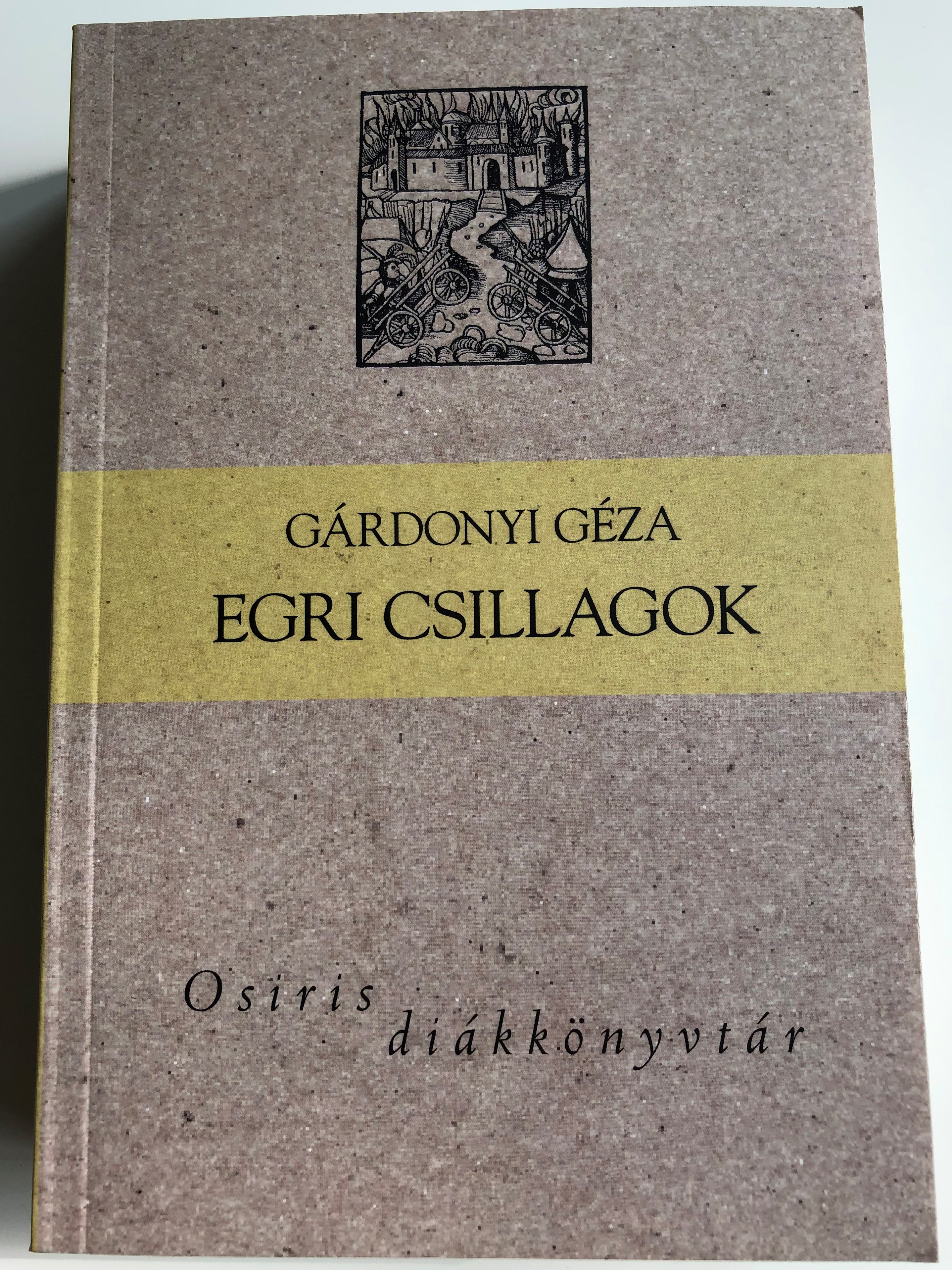
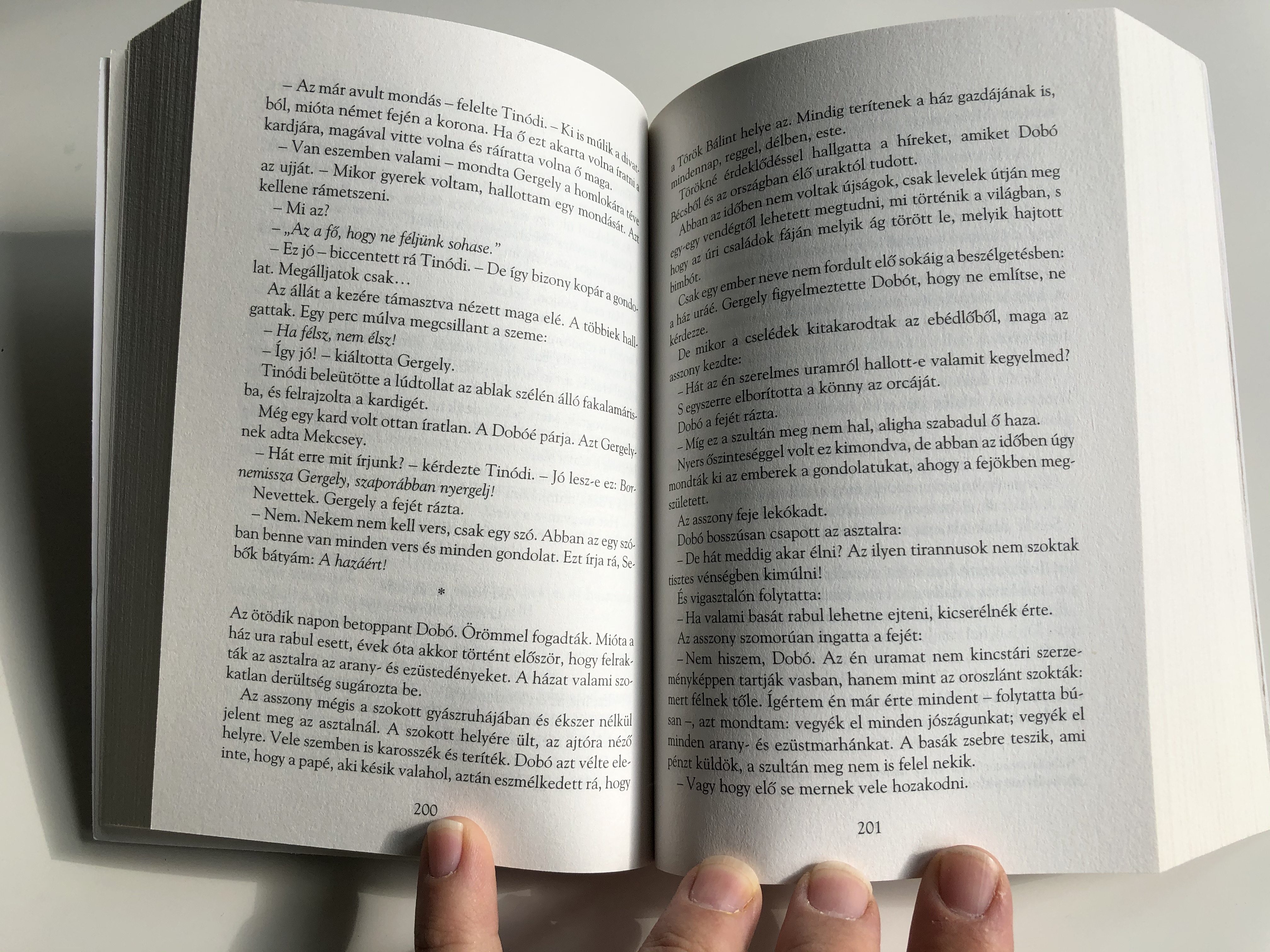
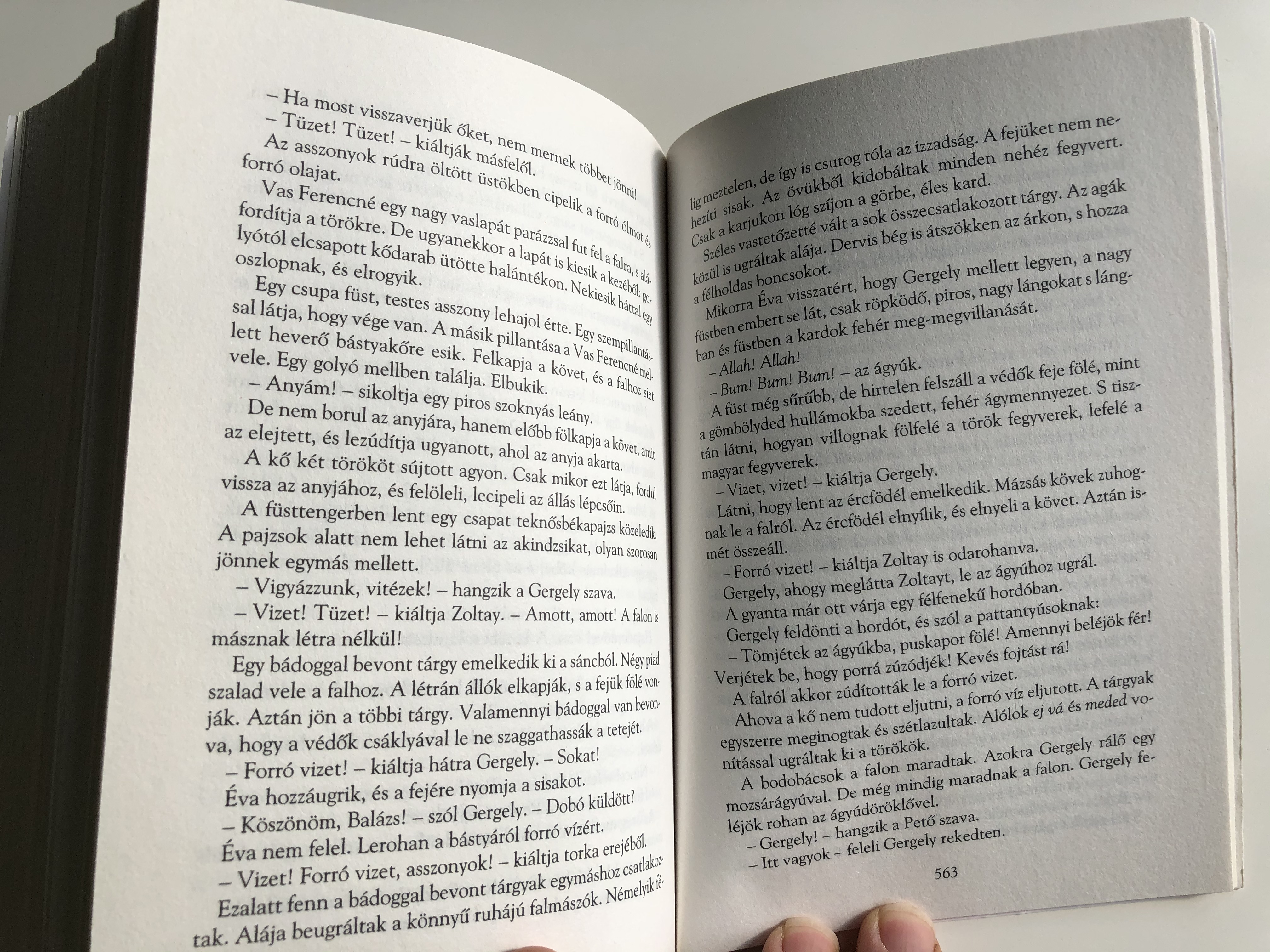
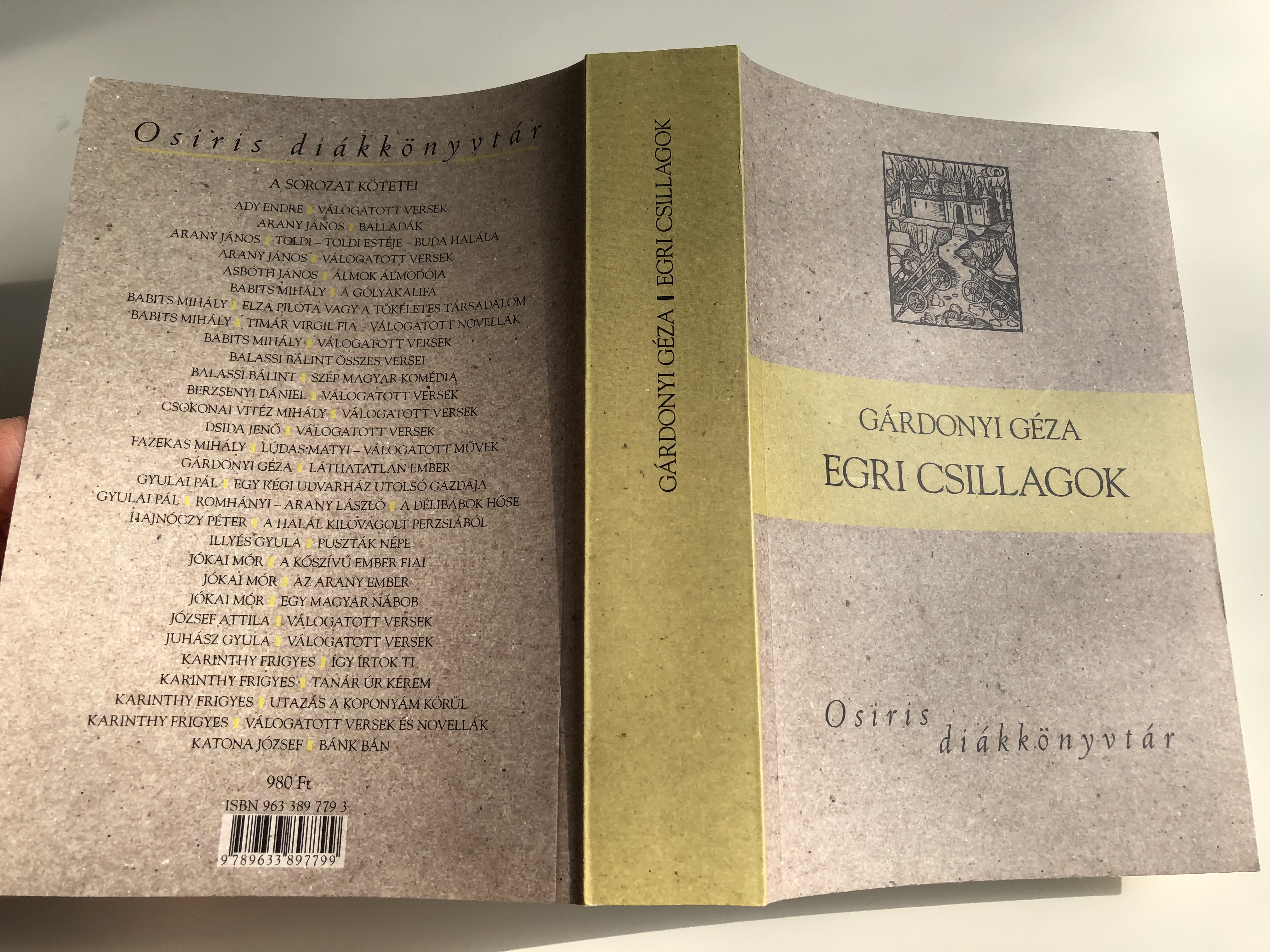
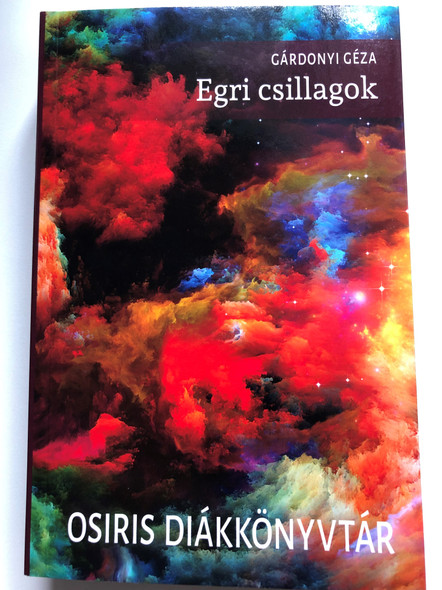
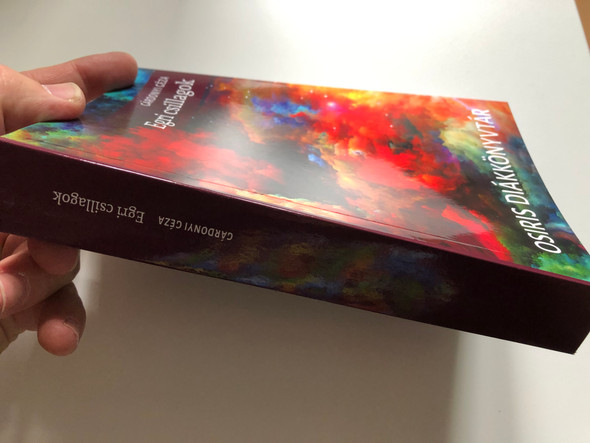



![Egri Csillagok by Gardonyi Geza / Hungarian Classic [Paperback] by Gardony Geza Egri Csillagok by Gardonyi Geza / Hungarian Classic [Paperback] by Gardony Geza](https://cdn11.bigcommerce.com/s-62bdpkt7pb/images/stencil/590x590/products/732/6892/1%2520%25281%2529__00496.1462823312.JPG?c=2)
![Egri Csillagok by Gardonyi Geza / Hungarian Classic [Paperback] by Gardony Geza Egri Csillagok by Gardonyi Geza / Hungarian Classic [Paperback] by Gardony Geza](https://cdn11.bigcommerce.com/s-62bdpkt7pb/images/stencil/590x590/products/732/6913/1%2520%25282%2529__24394.1462823312.JPG?c=2)





